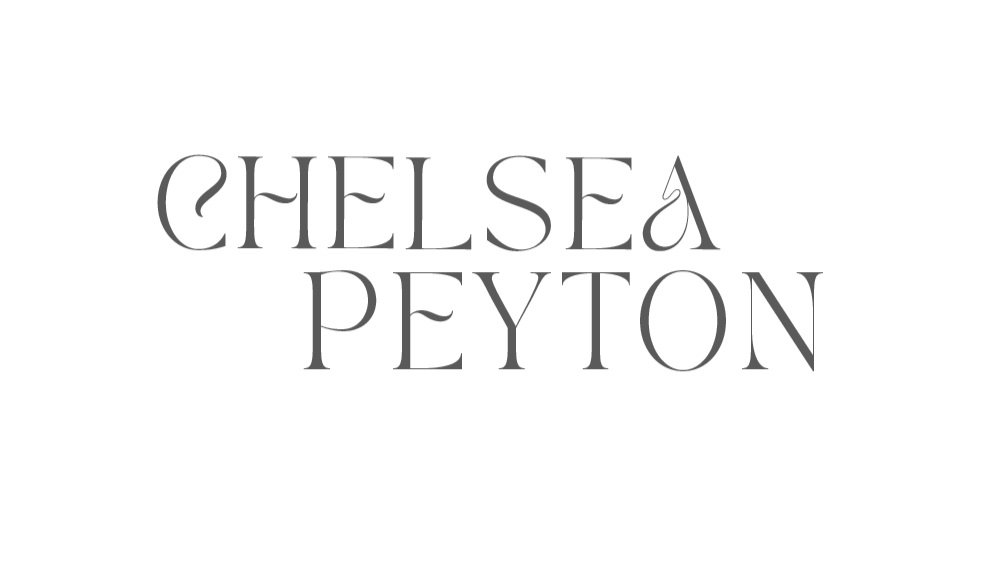Social Media for Small Businesses: The 3 First Steps

Photo via Pexels
Despite the term “small business,” owning an operating one is no small task. Accounting, management, and development are all parts of the daily grind, so it’s easy to see why social media marketing can get thrown on the back burner. Here’s the thing: you don’t need an intense social strategy to get the ball rolling on social success. While your resources alone often dictate what kind of presence you can have on social, small businesses can see growth and success if they channel a few minutes a day into the upkeep of one or two audience-targeted networks.
Dust off your keyboard and let’s get started:
Step One: Know your audience.
You can follow all the best practices for social media and still fall short if you’re not hitting your target audience. The first step, even before setting up your Facebook tag or choosing your Twitter handle, is knowing your audience.
This is as easy as recalling your business plan (you did make a business plan, right?), or simply pulling your current consumer demographics. Ask yourself a few questions:
- What is the average age of your clientele?
- Do your products/services resonate with men, women, or both?
- What is the problem you solve for your customers?
- What is the price of your product/service? Are you a luxury brand or a small town mom and pop shop?
- Where is your target located? Are most of your sales local or does your business have a national/global outreach (or conduct business primarily online)?
- What are your targets’ interests? Are they outdoorsy folks or tech-savvy nerds? Are they spenders or savers?
- What types of careers does your audience pursue? Are they in creative fields, manufacturing, tech, retail, etc.?
- What causes does your target audience care about?
Keep digging and asking these questions until you have a solid idea of what your audience looks like, then repeat the same process for what you want your audience to be. This will help you grow and develop your business through the social channels you create.
The good news is, once your social media channels are set up and you start to gain a following, most social network powerhouses such as Facebook and Twitter have built-in audience insight tools that can give you greater detail of your audience.
Step 2: Know your networks
After you build a profile for your target audience, do some research on what social networks your audience uses. You’ll want to compare what networks your audience is on vs. which sites actually fit your business resources. For small businesses, it is all about the resources you have. It is much better to have one successful social channel than 20 channels with no meaningful posts. There are hundreds of social networking sites with active daily users, but only a few have a following quite like the list below:
- Facebook is king. You needn’t ask yourself if your audience is on Facebook; trust me, they are. With over 1.65 billion active users per month (as of June 2016) and the title of the #1 Most Used App, your business page has some serious potential reach. I wince when small business owners tell me they do not have a company Facebook page. Even if you’re unaware of the fantastic SEO opportunities of having a Facebook page, simply having your company’s address and other contact information available on Facebook is vital to generating more business.
- Twitter is the digital version an ongoing conversation between brands and consumers, but a lot of small businesses can make the mistake of investing time in this network when it does not coincide with their audience’s interests or unique business needs. This network is all about listening, interacting, and using the unique context of your business to spin content in your favor; a characteristic that can be discouraging for many small businesses with limited resources. However, if you primarily conduct business online, have an industry-relevant blog, or want to amass knowledge about your industry, there’s a great chance you may benefit from a Twitter presence, whether for business or personal use. Though a popular social network for the younger millennial generation, Twitter is seeing growth for audiences over 35.
- Instagram, though not armed with the all-encompassing reach of Facebook, has 500,000,000 users and continues to grow every day. With the ability to post either a single photo or a video 3-60 seconds long, Instagram is an almost entirely visual platform (I say “almost” because the captions are a vital piece of the Instagram marketing puzzle). Think: does your business’ service or products resonate visually with your audience? Go even deeper and consider the lifestyle your business or products promote. Retailers like REI litter their posts with the brands they offer in-store and online, but also take the extra step and throw the brands into outdoor scenes that could strike anybody with wanderlust.
By promoting a lifestyle as opposed to a product alone, REI sells something more meaningful than backpacks and sweat-resistant clothing. There would be a much smaller following if REI was simply posting a product photo with no context of how it can be used. But before you hop onto the competitive space of Instagram marketing, take a good look at your audience profile: 90% of Instagram users are under 35.
- Pinterest is not my first recommendation for small businesses unless their products skew towards women. In fact, nearly 70% of Pinterest users are female, and 50% of overall users have children. However, even if your audience profile falls into that demographic, be sure that you have the online content to make you stand out. If your business does not have a website with useful content or products, don’t bother with Pinterest except for personal use.
- LinkedIn is similar to Pinterest in the way that you have to be mindful of your audience demographics. LinkedIn members are often part of B2B companies and use the site as a way to advance their career, gain industry knowledge, and learn more about companies. Larger companies even use the site for recruiting purposes. LinkedIn is a great way to gain connections in your industry and offer your own insight (thanks to LinkedIn Groups and Posts) but consider using the site for your own personal use before creating an active Company Page for your small business.
- Honorable Mention: YouTube can be a business’ best tool or biggest headache. YouTube is owned by Google, so uploaded videos are now indexed in search results (an SEO dream!!). With amazing video editing apps now available on smartphones, it’s easy to create thoughtful video for your business; but be mindful of what videos will resonate with your audience, especially if you have limited knowledge of producing video. If you already have a Facebook, your business videos might be better off there; Facebook favors native content, i.e. photos and videos uploaded directly to the website.
With the entry into social networks starting at free, you may be tempted to create an account on every network available. My advice: don’t. Without a dedicated social media and content creation team, it is a time-consuming task to coordinate social posts across a variety of networks that have different social needs. Social media is not a “one size fits all” method of marketing; a post that is successful on Facebook may (and probably should) get overlooked on Linkedin.
Step 3: Find Your Voice
Social media may be the first way a customer comes in contact with your small business. If you want to make this first impression a lasting one, your social voice has to be authentic.
Let’s take the (rather extreme) example of Taco Bell. This fast food taco chain is a goldmine of authenticity in its clever Twitter posts.
By being humorous and youthful, Taco Bell has given its brand a voice that resonates with its younger audience. But you don’t have to be humorous to stand out; the most important part of building your social voice is authenticity to your business or product.
One of the easiest ways to find your voice is to recall your audience profile from Step 1. Think of the person who is following your pages; how do they want to hear your message? Are you clever, funny, thought-provoking? Is your language fun, savvy, or whimsical? Read more about crafting your social media voice.
Next Steps
By now, you should understand your audience, know what networks your business should be present upon, and have an established voice. Once your networks are set up, the fun of posting to social media begins. If your social media experience is little to none, start small: share related business articles, post a question to your followers, even try your hand at some smartphone photography for a more engaging post. Most social networks are visual in nature. Even if your business is not visually oriented, it’s best to brush up on some basic design and photography best practices.
Check out some of the resources below to get started on your social media brainstorm. Happy posting!
- The 6 Types Of Social Media Content That Will Give You The Greatest Value
- New Data: What Types of Content Perform Best on Social Media?
- Creating Content: 5 Social Media Post Types You Can Use
This blog was originally posted on Linkedin. Connect with me and get all the meat, minus the memes.

